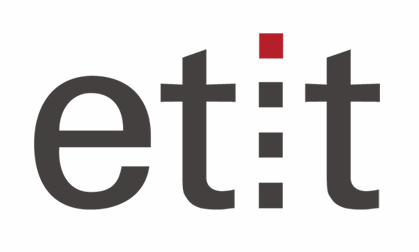Prof Dr Ulrich Hofmann, Freiburg University, Medical Centre
Department of Electrical Engineering and Information Technology

Research Colloquium etit
Within the framework of the Research Colloquium, a regular exchange on current research questions takes place at the Department etit. Renowned scientists are invited to give keynote speeches.

Upcoming Colloquia
-
2025/12/09,
15:30Adaptive High-Frequency Systems for Communications and Medical Technologies
Prof. Dr.-Ing. Holger Maune, TU Darmstadt - S3|06 Raum 052
-
2026/02/03,
15:30Digital Twins: Vision, Illusion, and the Research Journey toward Value Creation
Prof. Dr. rer. nat. Dirk Hartmann, TU Darmstadt - S3|06 Raum 052
-
2026/03/17,
15:30Resilience – despite or because of the Energiewende?
Prof. Dr. Stefan Niessen, TU Darmstadt - S3|06 Raum 052
-
2026/03/17,
15:30AI+Energy – Evolution or Revolution of Global Energy Sectors?
Zhengmao Li, Ph.D., UNITE!-Gastprofessor von der Aalto University, Finnland - S3|06 Raum 052
Previous Colloquia
28. October 2025: Magnetic micro- and nanorobots for precision medicine and targeted drug delivery
Prof. Dr. Anna C. Bakenecker, TU Darmstadt
8. July 2025: From Theory to Practice: Computational Methods for EMC Development
Prof. Dr.-Ing. Yvonne Späck-Leigsnering, TU Darmstadt and Robert Bosch GmbH

